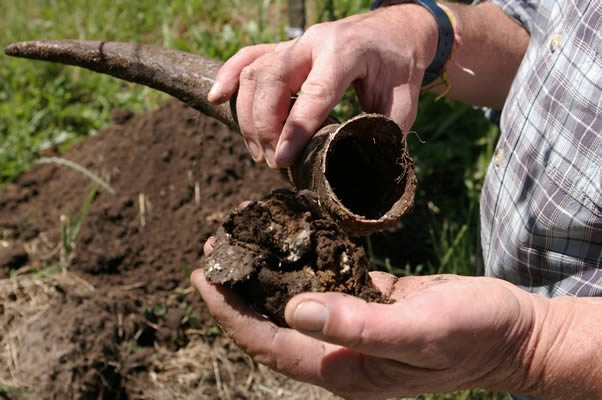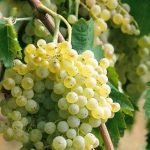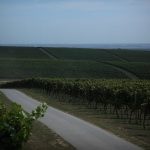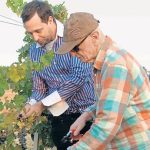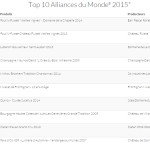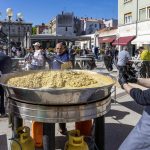There are books and lectures on the national economy with chapters on agriculture from a social-economic standpoint. They consider an agriculture system based on those principles. Holding such social-economic lectures and writing such books is an obvious nonsense. Agriculture can be spoken about – including its social structure – only if the starting point is agriculture itself, if one truly knows what the cultivation of turnip, potato and grains is… Without this one cannot speak of any national-economic principles.
This is part of the lecture “Emancipation of Human and Animal Life from the Outside World,” first of eight on agriculture held from June 7 to 16, 1924 by Dr Rudolf Steiner in the Koberwitz Castle in what is today western Poland, near Wroclaw. Steiner is an Austrian philosopher, teacher and writer, founder of antrophosophy, born in 1861 in Donji Kraljevac in the northern Croatian region Međimurje, and this course is considered the beginning of biodynamic agriculture, the cultivation of plants and animals in harmony with nature.
Naturally, artificial fertilizers are not used or chemical protection agents, but plants are nurtured and protected with eight ingredients numbered from 500 to 507. The first is manure aged in a buried cow horn to feed the soil. Ingredient 501 is stone from the horn and, among other things, entices the development of the upper part of the plant and gives it freshness, shine and resistance to disease. Other ingredients are composted, made from medicinal herbs yarrow (502), chamomile (503), nettle (504), oak bark (505), dandelion (506) and valerian (507). Together with the prepared compost, they enable plants to reach a condition in which they allow magnified cosmic forces to act within them.
These cosmic forces are the essence of biodynamics, but also the reason why some winemakers who follow these principles don’t want this to be known. They are afraid that, with the burial of cow horns and mentioning of cosmic forces, they will be considered freaks or warlocks.
Biodynamic wines are truly special and even those who do not know about them will recognise them. We tasted four very good Rieslings, one of them biodynamic. Out of five tasters, three had almost never heard of biodynamics, but they recognised a biodynamic wine by what is difficult to explain, a unique rotundity and harmony.
In Croatia only Tomislav Bolfan from the Bolfan Vinski Vrh winery openly speaks of biodynamics. Amphorae wine producers mostly work according to biodynamic principles, at least according to the Moon calendar guiding when it is good to work with plants and when it is not.
These wines are created by several months of macerating grapes in wine, so the condition is for the grapes to be perfectly healthy and produced naturally. Croatia still has excellent preconditions for more producers to focus on biodynamic agriculture. The soil is clean, residents few, and agricultural surfaces are large and even with lower yield than in intensive cultivation, there would still be export material, not to speak of quality, scent and taste.
But in the short term the profit is higher elsewhere.
Those who are interested in biodynamics, all eight Steiner lectures on agriculture from June of 1924 can be found here.
For the original and more from Vino.hr blog on wine, click here.

